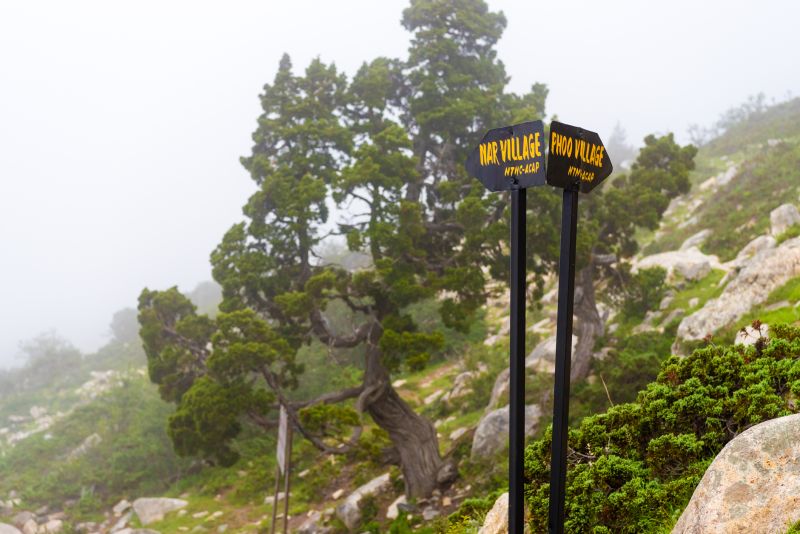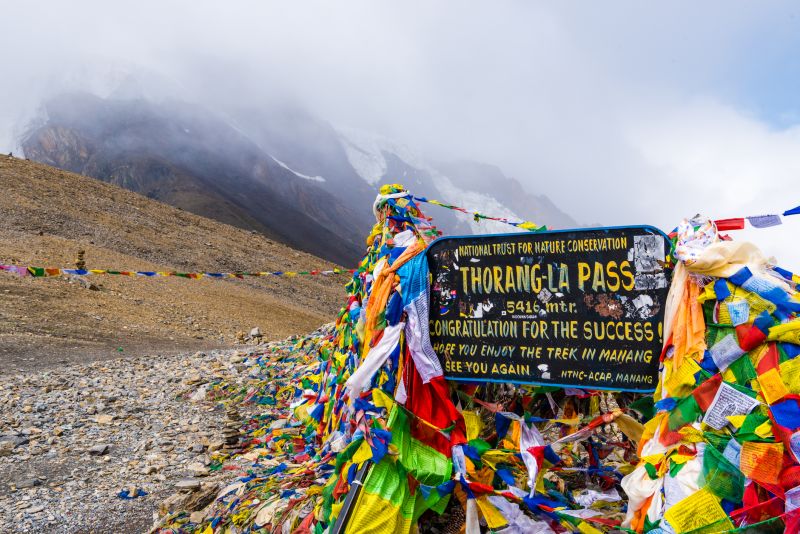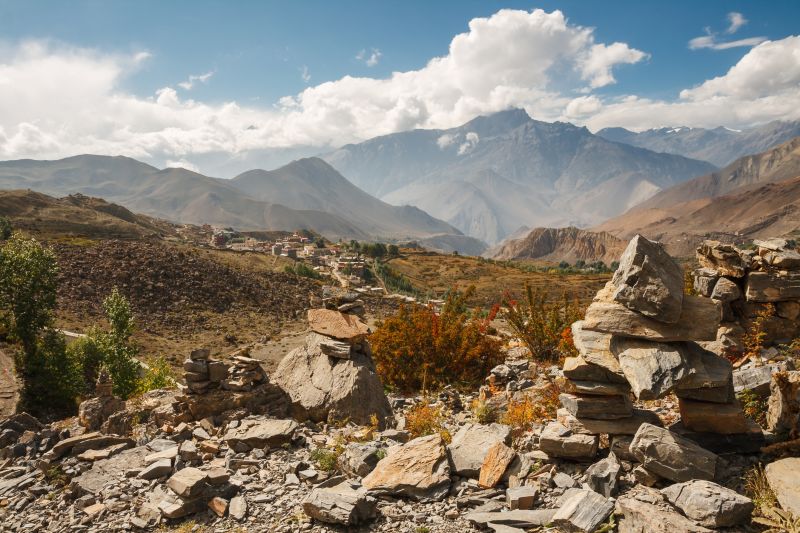
What's the elevation gain on the Nar–Phu and Annapurna Circuit?
Your total elevation gain on the Nar–Phu and Annapurna Circuit is a massive 3,256 m or 10,682 ft. Here's the super scenic route we follow, including the elevation gain or loss involved each day, all the better to prepare yourself mentally and physically.
Total elevation gain on the Nar–Phu and Annapurna Circuit

Daily elevation changes on the Nar–Phu and Annapurna Circuit
Daily elevation changes in metres

Daily elevation changes in feet
